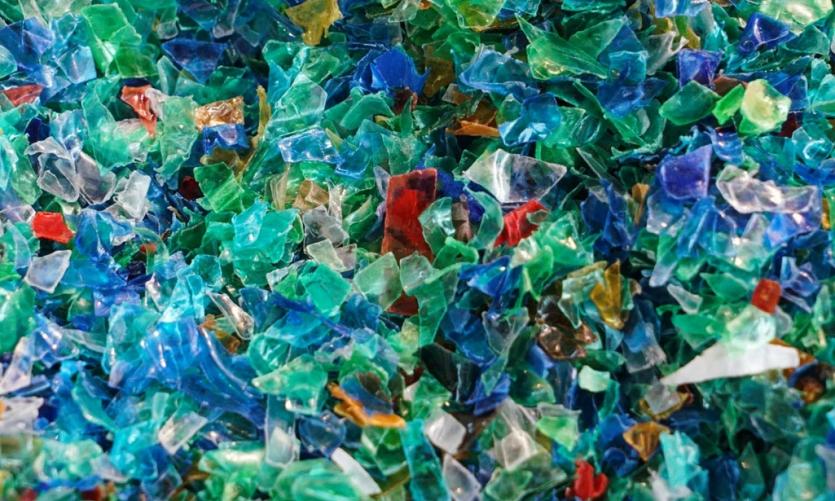Microplastics, pictured, have been found in human organs, Photo:TWD
By Patryk Krych | The World Daily | MARCH 19th 2021
A recent study performed on rats has revealed that the process of plastic nanoparticles through a pregnant rat mother’s body will be passed on to the unborn foetus – though whether this is the same for humans is yet unknown.
The study, published in the journal ‘Particle and Fibre Toxicology’ revealed that when it comes to these pregnant rats, microplastics from their lungs will pass on to the foetuses, into their hearts, brains and other vital organs.
The study is a first of its kind, in revealing that the placenta will have no affect in stopping the travel of microplastics between mother and foetus among mammals.
“We found the plastic nanoparticles everywhere we looked – in the maternal tissues, in the placenta and in the foetal tissues,” said Professor Phoebe Stapleton from Rutgers University, who led the study. “We found them in the foetal heart, brain, lungs, liver and kidney.”
The need for this research had been triggered back in December, when scientists experimenting on donated placentas had discovered that they were contaminated with tiny particles of plastic – particles they now suspect may have been passed down from the mothers.
“It is like having a cyborg baby: no longer composed only of human cells, but a mixture of biological and inorganic entities,” said Antonio Ragusa, director of obstetrics and gynaecology at the San Giovanni Calibita Fatebenefratelli hospital in Rome, and who led the placenta study in December. “The mothers were shocked.”
The dangers of microplastics are widespread, with tiny particles of the toxic contaminants having been found as high up as the top of Mount Everest, and as deep down as the bottom of the Mariana Trench.
“It is however important not to over-interpret these results,” said Professor John Boland from Trinity College Dublin (TCD), who wasn’t involved in the study. “The nanoparticles used are near spherical in shape, whereas real microplastics are irregular flake-like objects. Shape matters, as it dictates how particles interact with their environment.”






